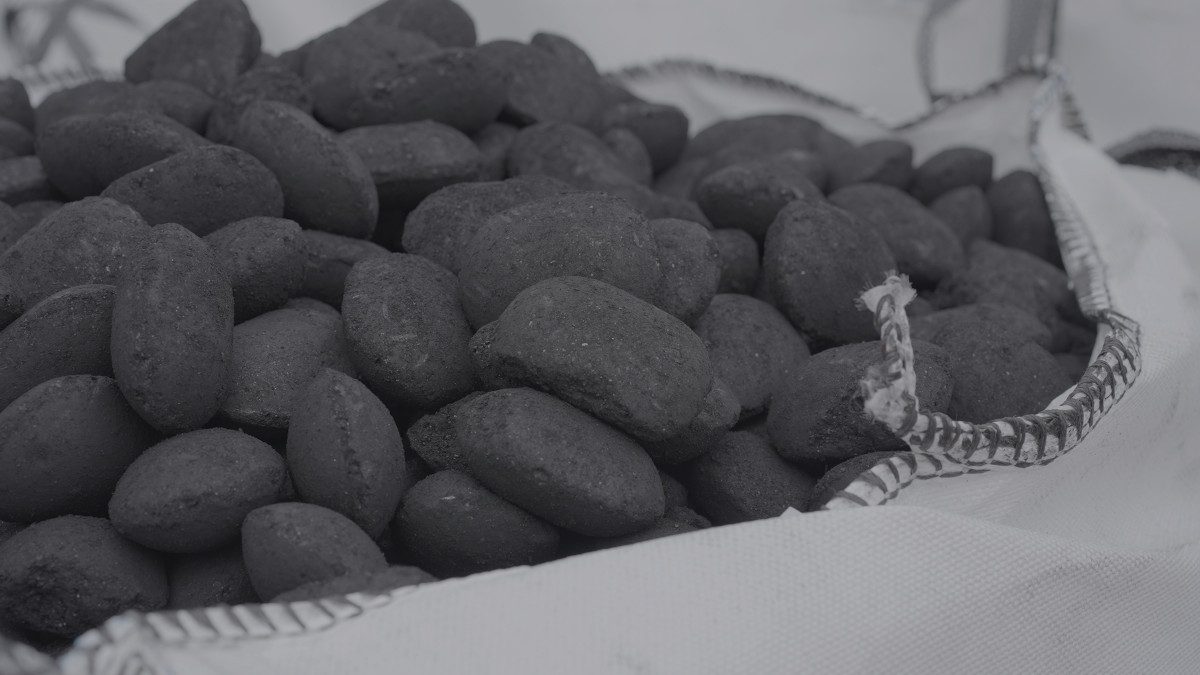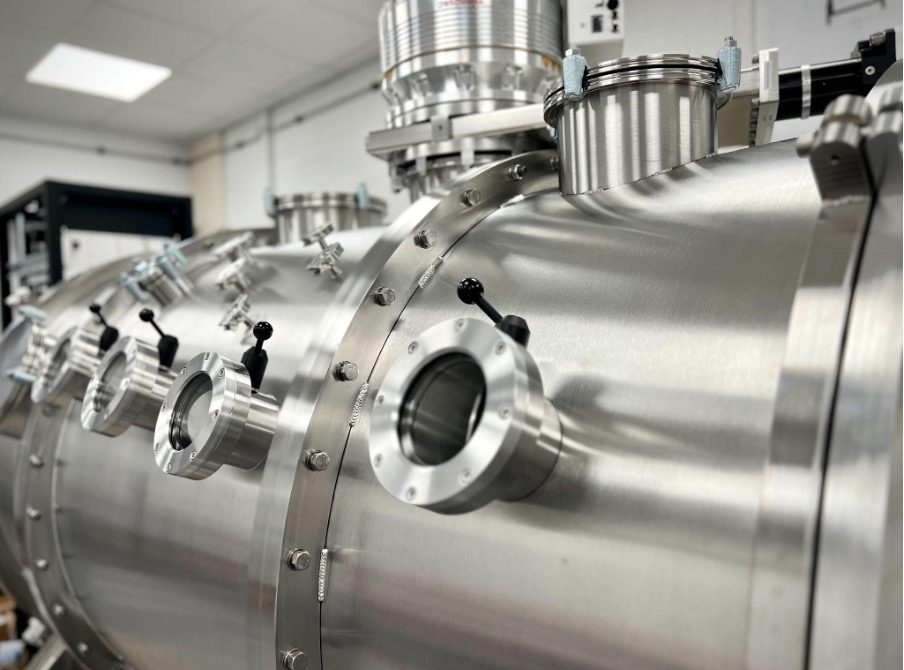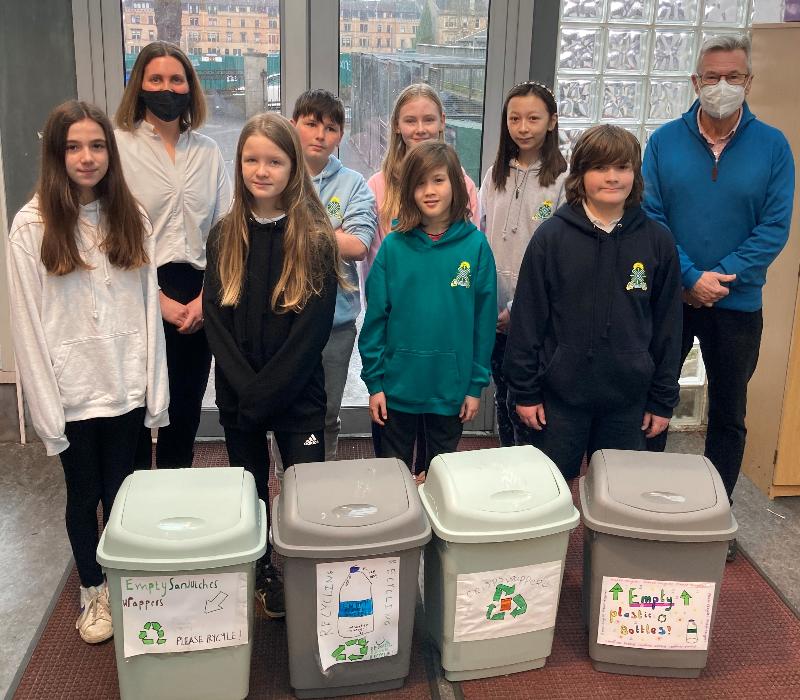Cambridge start-up Triple Line Technology has created what is seemingly the world’s first eco-friendly compressed gas siphon for tasks such as whipping cream and foaming milk.
Unlike the nitrous oxide (N2O) traditionally used as a propellant and foaming agent in food and drink single-use aerosol cans and refillable siphons, Triple Line Technology’s patented TLT-Foamer technology creates zero greenhouse gas emissions during use, as it replaces N20 with sustainable compressed air or nitrogen, explains the firm.
N20 is a potent greenhouse gas, with a global warming potential nearly 300 times that of carbon dioxide (CO2) – and it typically stays in the atmosphere for more than 100 years before disintegrating. The gas in each 8g can or canister of N2O has a carbon footprint equivalent to 2.4kg of CO2 – roughly the same as the emissions from driving an SUV for 10 miles. N2O is also materials and energy intensive to manufacture.
“Removal of the N2O propellant would be hugely beneficial to achieving net-zero targets,” said Mark Nicmanis, co-founder of Triple Line Technology. “However, simply swapping N2O for another propellant gas for food and drink products is not that simple. Toxicity, flammability, cost and poor product outcomes limit or prohibit the use of many propellant gases widely used in non-food aerosol applications.
“That’s why we have developed our proprietary compressed gas siphon. It can be charged with compressed air or nitrogen, which are both food safe, not greenhouse gases – and do not contribute to other environmental or health issues, such as poor air quality. Air and nitrogen are not manufactured gases or based on petrochemical feedstocks. They are circular in use – taken from and returned to the atmosphere.”
The innovative approach of the TLT-Foamer technology involves exploiting a novel bubble break-up mechanism by passing a mixture of compressed air (or nitrogen) and a foamable liquid (e.g. cream or milk) through a series of alternating shear fields. It generates microfoams with tiny bubbles less than 100 microns in diameter – particularly suitable for the whipped cream and foamed milk used in many coffee drinks.
The contribution of N2O propellant to food industry greenhouse gas emissions was highlighted by Starbucks in its 2018 Baseline Environmental Report. The coffee giant said the N2O used in its whipped cream accounted for half its global scope 1 emissions that year. The report declared an N2O emissions value for the company equivalent to nearly 160 million kilotons of CO2 – representing the use of 67 million steel N2O charger bulbs in a year.
The TLT compressed gas siphon can be charged using small charger bulbs containing compressed air or nitrogen. But there are further cost savings and environmental benefits from charging via a compressor or compressor base unit, a gas cylinder or a nitrogen generator – which does away with the need to manufacture, fill, ship and dispose of the charger bulbs.
Although the TLT-Foamer technology has been developed to meet the needs of the food and drink industry, it could also offer an alternative to single-use foam aerosols in other retail and industrial sectors, such as hair and beauty applications or cleaning products – helping to replace propellants based on volatile organic compounds (VOCs), as well as N20, with sustainable compressed gases.

















